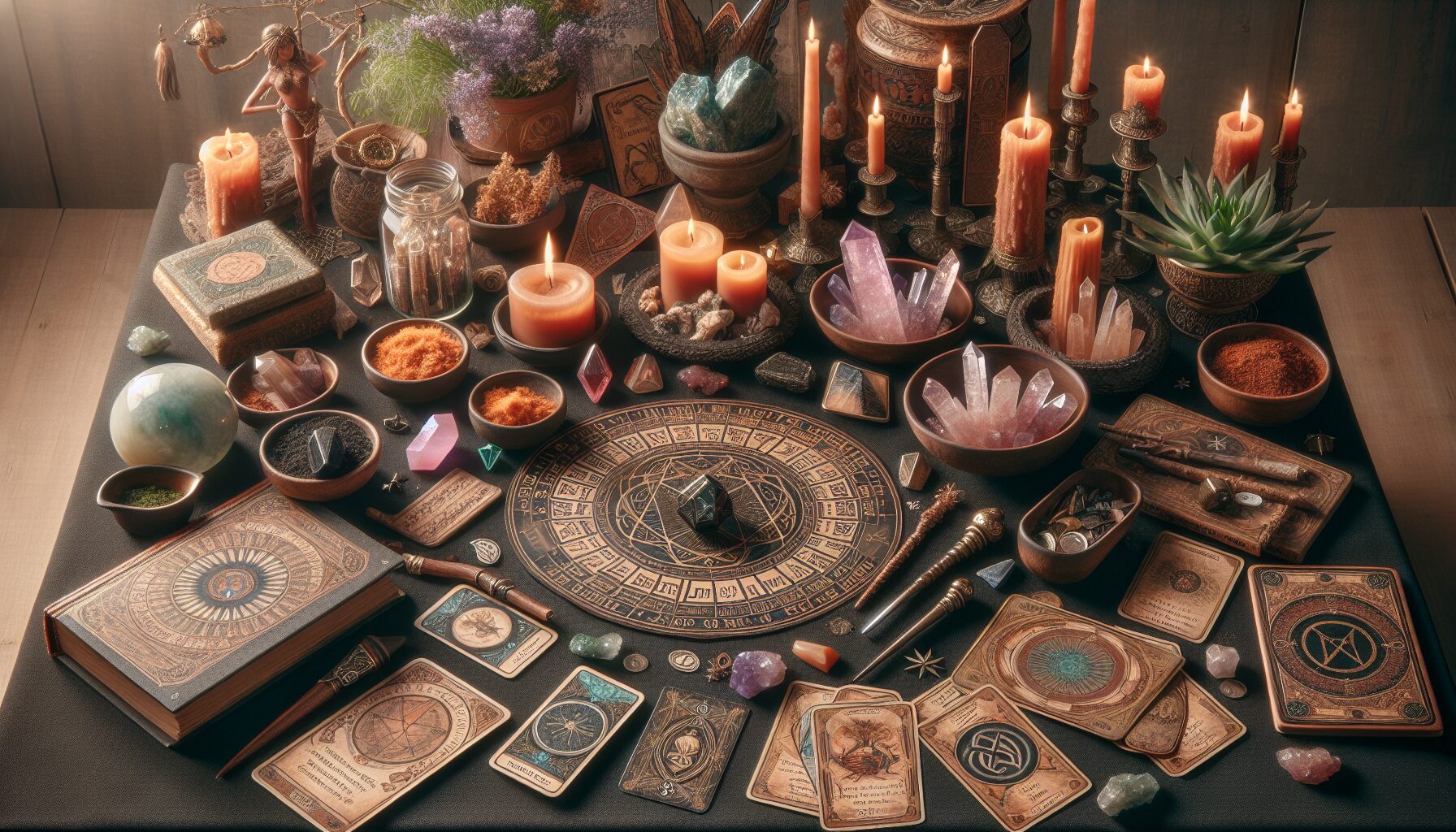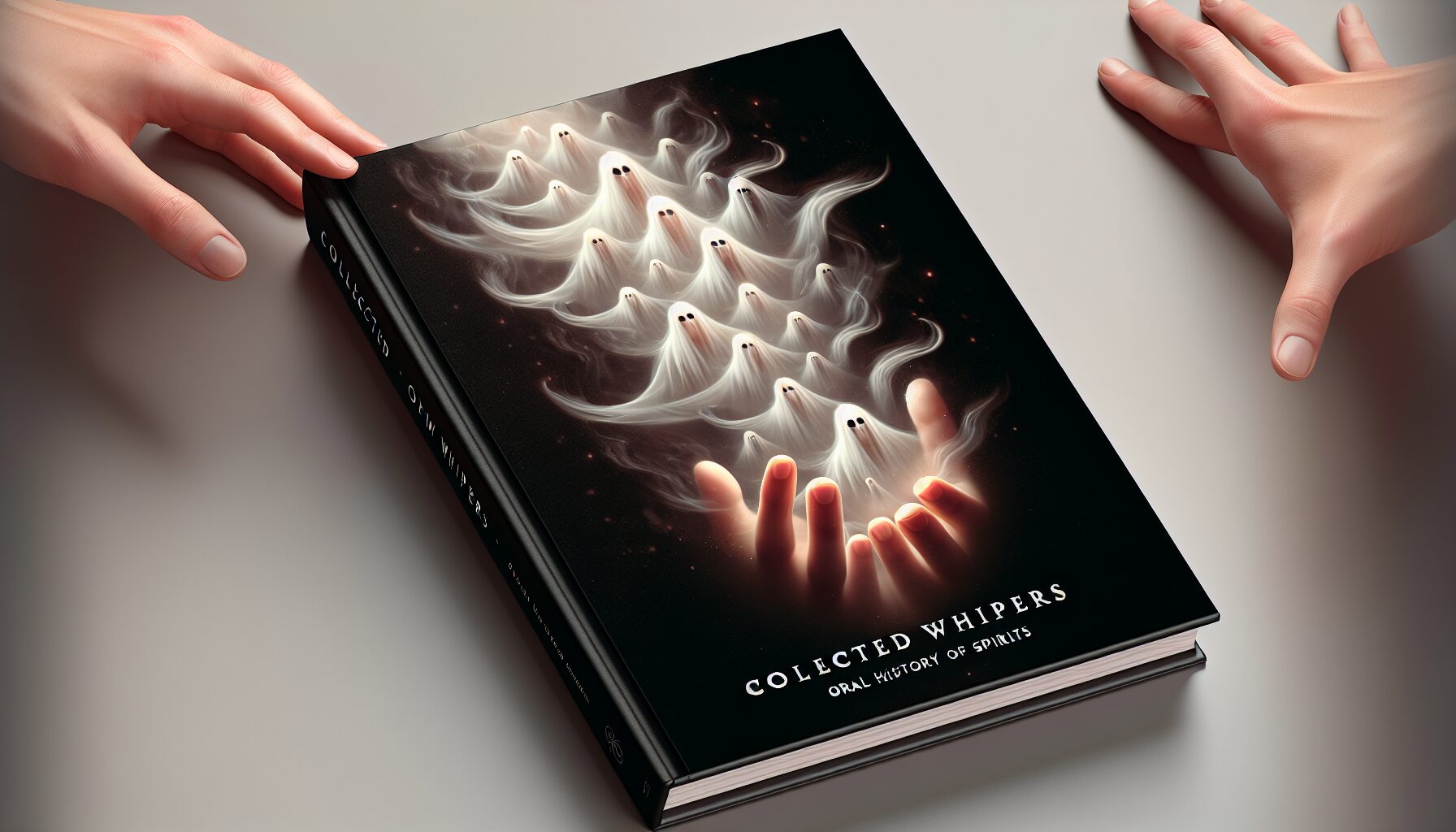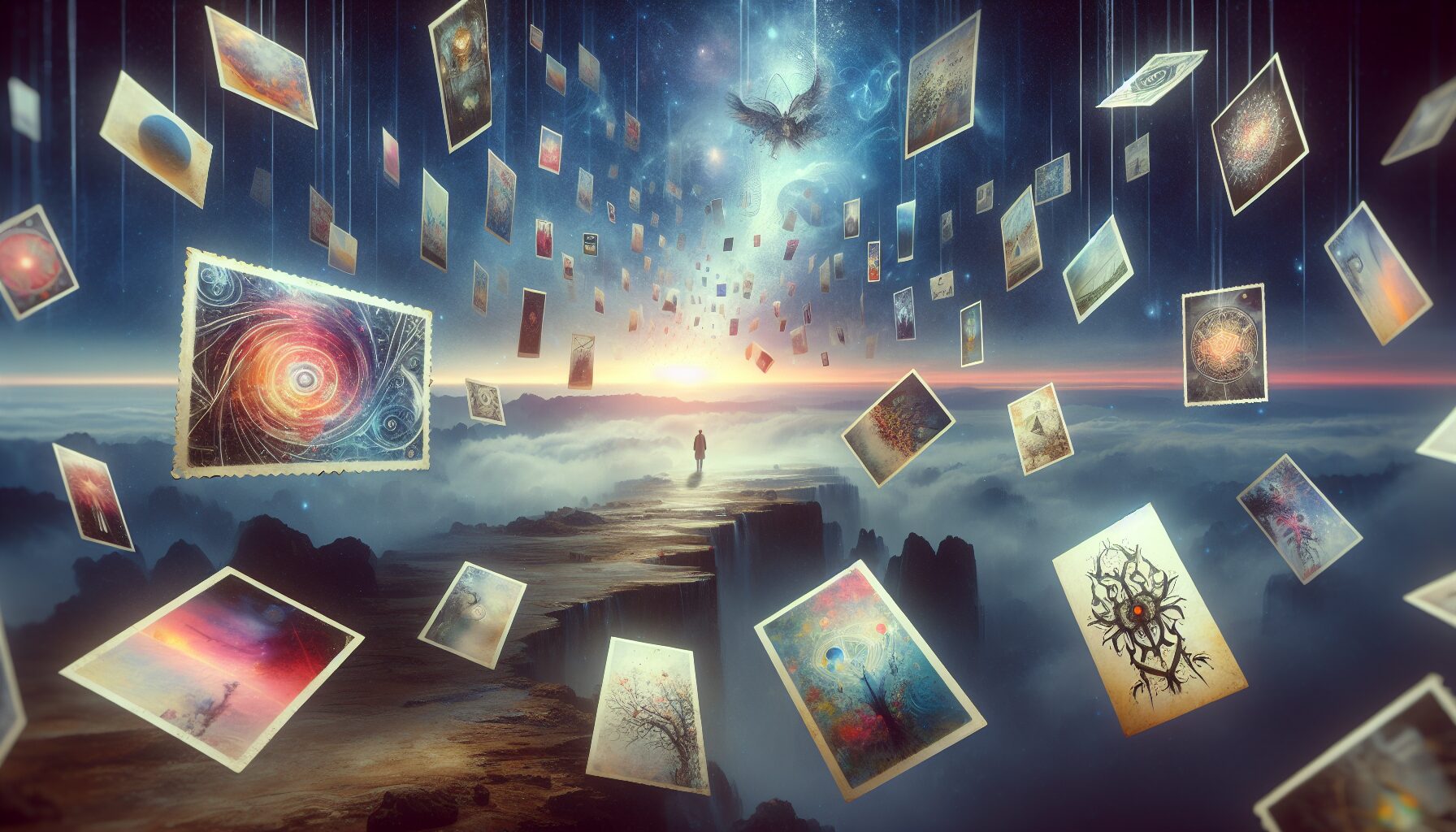Ritual Recipes for the Modern Mystic: Embrace the Ancient with a Contemporary Twist
In an age bustling with technology and rapid advancements, a growing number of individuals are turning towards ancient practices for grounding and personal growth. Rituals, which have been a cornerstone of spiritual traditions across cultures, offer a gateway to mindfulness, intention-setting, and inner harmony. For the modern mystic, integrating these rituals into daily life can be simultaneously profound and practical.
1. The Morning Grounding Elixir
- Ingredients:
- 1 cup of warm water
- 1 tablespoon of lemon juice
- 1 teaspoon of honey
- A dash of cayenne pepper
- Instructions: Begin each day by brewing this simple elixir. As you savor each sip, focus on your intentions for the day. Visualize the warmth of the liquid spreading through your body, grounding you to the earth, and energizing your spirit.
“Every morning we are born again. What we do today is what matters most.” – Buddha
Starting your day with an intention-setting drink not only supports your physical health but also mentally prepares you to seize the day.
2. The Evening Banishment Bath
- Ingredients:
- 1 cup of Epsom salt
- A few drops of lavender essential oil
- A sprig of fresh rosemary
- 1 candle (optional)
- Instructions: As night falls, draw a warm bath. Add Epsom salt, lavender oil, and rosemary to the water. Light a candle and place it in a safe corner to lend a soothing glow. As you soak, envision each worry or stress dissolving and leaving your body, banished by the water.
This bath aims to release negativity while promoting a state of tranquility, hence making space for restful sleep.
3. The New Moon Manifestation Bowl
- Ingredients:
- 1 small bowl or dish
- A small piece of paper and a pen
- Small crystals (e.g., clear quartz, amethyst)
- Dried herbs (e.g., sage or basil)
- Instructions: During the new moon, find a peaceful spot to create your manifestation bowl. Write down your intentions or goals on the piece of paper. Fold it, place it in the bowl, and surround it with crystals and herbs. Keep the bowl where it can soak up the moon’s energy overnight.
“The moon is a loyal companion. It never leaves. It’s always there, watching, steadfast, knowing us in our light and dark moments, changing forever just as we do.” – Tahereh Mafi, Goodreads
This ritual not only harnesses lunar energy but also helps clarify your objectives and aligns your actions with these intentions.
4. The Gratitude Jar Ceremony
- Materials:
- A jar or container of your choice
- Slips of paper and a pen
- Instructions: Each evening, before retiring for the night, reflect on your day and write down something you are grateful for on a slip of paper. Place it in the jar. Over time, you will curate a collection of thankful moments that can be a source of joy and positivity.
This practice can be particularly beneficial when you’re feeling low, allowing you to recall the everyday joys you’ve otherwise brushed aside.
In Conclusion
Rituals offer more than mere routines; they are intentional sets of actions imbued with meaning and personal significance. By incorporating these ritual recipes into your life, you align yourself not only with ancient wisdom but also with the powerful cadence of nature and self-awareness.
As you continue on your path as a modern mystic, remember that these rituals are flexible and can be adapted to suit your personal needs and beliefs. Most importantly, they are a reminder that each moment can be sacred, and every action has the potential to transform the ordinary into the extraordinary.



